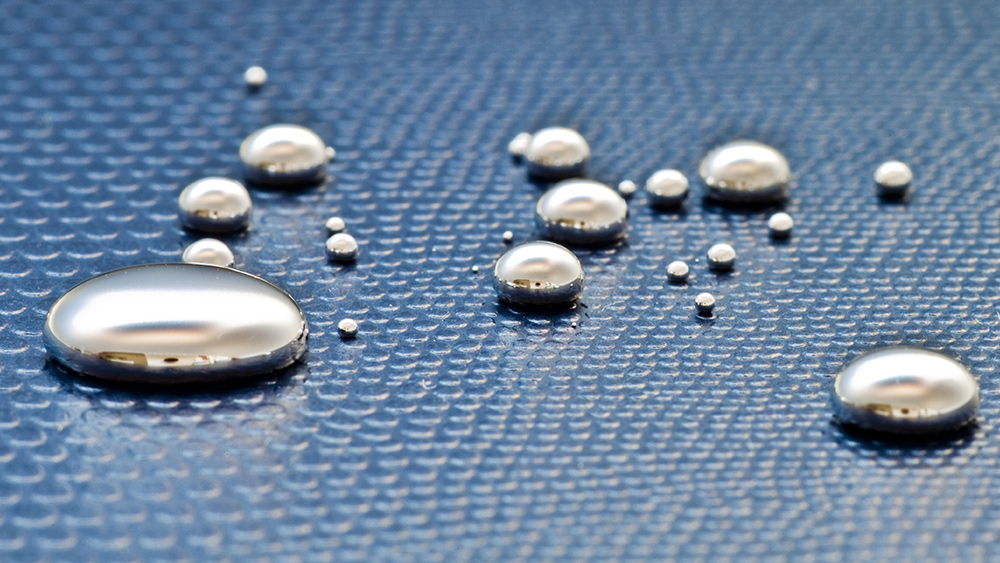
Kevin Bishop, from the Swedish University of Agricultural Sciences (SLU) and one of the researchers in the Swedish-Chinese-Swiss team behind the study, explains: "Our research shows that Swedish freshwater fish might be on their way to becoming safe to eat in decades with current mercury pollution control measures, rather than in centuries as was previously believed."
The team of researchers from SLU spent at least ten years developing "a sensitive technique to measure the movements of mercury gas between the atmosphere and landscape," and now they have published the first annual mass balance of mercury inputs and outputs for a peatland. Aside from the major technical accomplishment of successfully measuring mercury gas going into or out of the peatland 10 times a second for a year, the result of the mass balance is also exceptional.
Mats Nilsson from SLU explained that in the first full year of measurements on a peatland, they determined that it loses twice as much mercury gas back to the atmosphere that is being deposited on the peatland by rainfall. This is a significant update because it implies that the latest reductions in atmospheric mercury concentrations, with at least a 50 percent decrease in the last 20 years, have somehow "reversed the direction of mercury flows between the atmosphere and the peatland."
The research team from SLU believe that based on the rate that the peatland is now losing mercury back to the atmosphere, all of the mercury pollution accumulated in the peatland can soon disappear after only several decades, with most of it "going back to the atmosphere." Since peatlands hold so much accumulated mercury pollution, this is good news because fish in downstream lakes eat it by accident.
Now that nature seems to be resolving the mercury pollution issue on its own, researchers can then focus on how to deal with new contaminants that are out there instead of worrying about the "established health threat from mercury in freshwater fish that appeared impossible to solve."
Bishop concluded, "A seemingly eternal problem suddenly seems like it is on its way to being solved much, much faster than we could have hoped, so long as the successes in reducing mercury pollution are not reversed." (Related: Mercury levels on the rise in California rivers could pose threat to wildlife and agriculture.)
It just remains to be seen if the findings can also apply to other peatlands, which can definitely be of use to the U.N.'s efforts to reduce global mercury pollution in Sweden and in countries that have similar problems with mercury in freshwater fish, such as Finland, Canada, and the U.S.
Tips to prevent mercury poisoning
Aside from not eating fish or seafood contaminated by mercury, here are more tips to help prevent mercury poisoning:
- Be careful with the amounts and types of seafood that you eat.
- Try to occasionally eat larger types of fish.
- Do not eat fish with high levels of mercury if you are pregnant.
- Observe fish and seafood serving guidelines for children. Children younger than three years old can eat an ounce of fish, while the serving size for children aged four to seven is two ounces.
- Be careful when eating sushi. A lot of popular sushi rolls are made with fish that contain mercury.
- Get your blood tested for mercury before conceiving.
- Wash your hands immediately if you think you’ve been exposed to other forms of mercury.
You can read more articles about other toxins and how to avoid them at Toxins.news.
Sources include:
Please contact us for more information.























